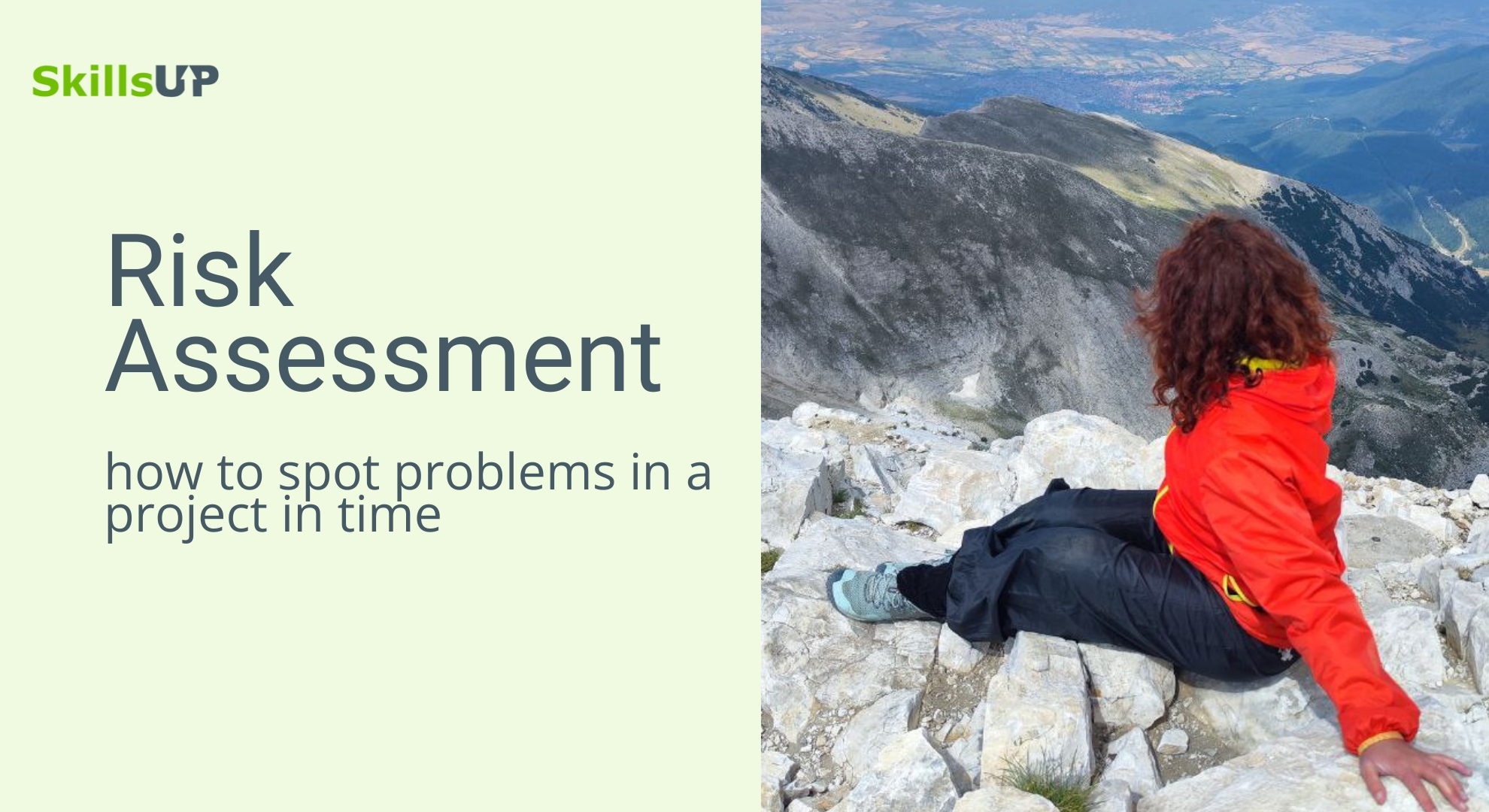Risk Assessment: how to spot problems in a project in time

Risk assessment is not “insurance” in case of disaster, but rather a regular habit of asking yourself: what could go wrong – and are we ready for it? This process is often underestimated, especially in the early stages, but it can save nerves, time, money – and your reputation.
What is Risk Assessment?
It is the process of identifying potential problems that may affect the success of the project. It is important not only to list the risks, but also to think:
- How likely are they?
- What will the impact be?
- What do we do if the risk materializes?
The process is similar to planning a trip: if we know there might be landslides on the way – we take an alternative route or at least food and water.
Where to start?
It all starts not with an Excel spreadsheet. Risk assessment is a continuation of previous analysis: we look at the architecture, business processes, team structure – and begin to see potential “holes”.
Example: If the governance model shows that the project does not include a tester role – this is immediately a risk. Or if we know that the client makes decisions slowly – that’s a risk of delays. See how it works?
Why do you need this?
Risk assessment is not just about the client. It’s also your chance to decide: do I want to join this project?
A story from practice: I had to decline several projects where from the first steps the client was “draining the soul,” repeatedly changing requirements and remaining dissatisfied. If a project looks toxic at the start – it’s better to honestly admit it and make an unpopular decision, rather than heroically “burn out” in the process. Not all risks should be accepted – some should just be discarded along with the project.
Risk Matrix is a must-have
Identified risks are recorded in a basic risk matrix, which is included in the contract. It also states:
- financial responsibility of the parties if the risk occurs;
- control and response mechanisms.
This is not a formality – it’s your insurance.
Example: If the client's response is delayed by more than 5 days – the contractor has the right to shift deadlines. If this is not documented, it’s highly likely you’ll end up “working weekends.”
How not to turn risks into a formality?
A bad option is to fill in the risk matrix “just for show.” A good one – to bring risk discussion to the kick-off meeting, gather the team and the client, talk openly:
- What can go wrong?
- Why?
- What signals will indicate that the risk is starting to materialize?
Risks vs Project Sustainability
Risk assessment is also about sustainability. If you see that the project might harm you, the client, or the team – it’s time to pause and reflect.
What’s next?
🔍 If you want to dive deeper into risk assessment – it’s worth studying risk management tools, from matrices to response strategies.
📚 SkillsUp offers courses on business analysis and project management, where we thoroughly explore how to effectively identify, describe, and control risks. We also offer several mentoring sessions specifically on risks, where with an expert you’ll build a risk management model for your team.
We invite you to explore the topic further – and not let the project “burn out” just because we didn’t ask a few important questions at the start.
